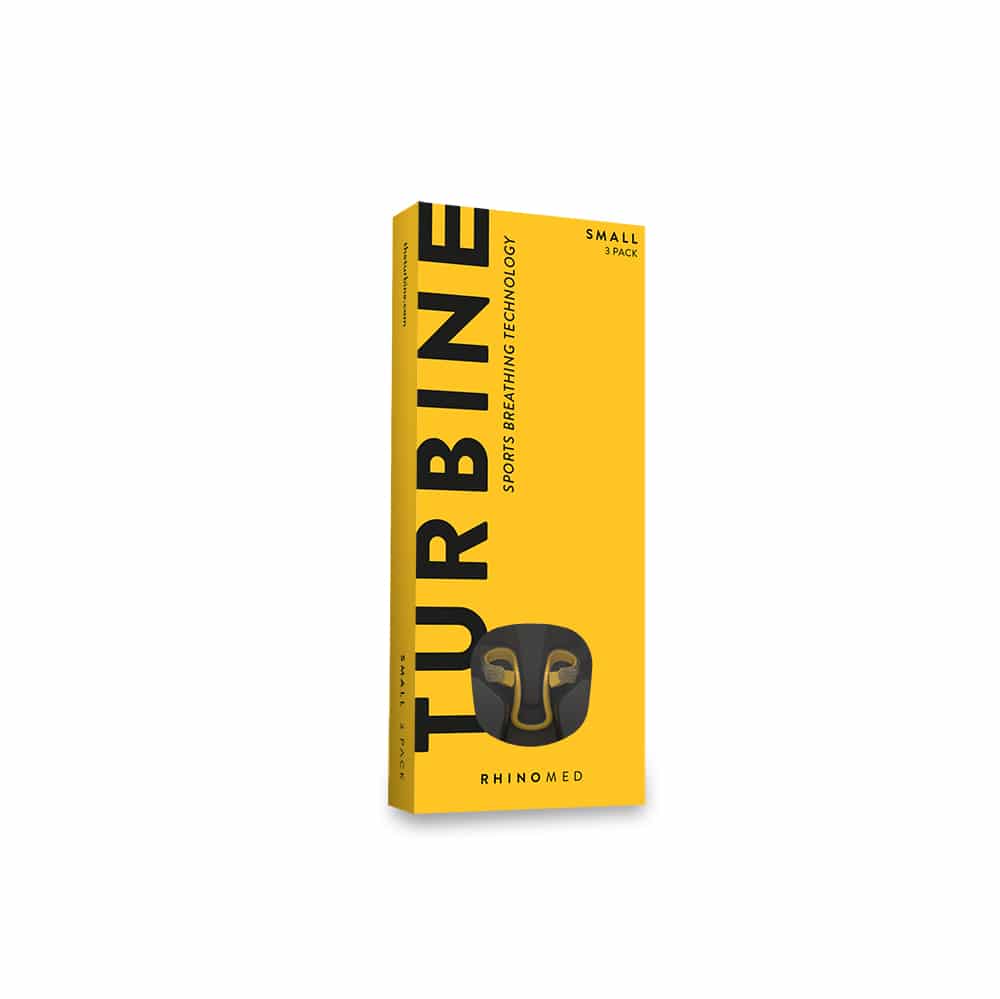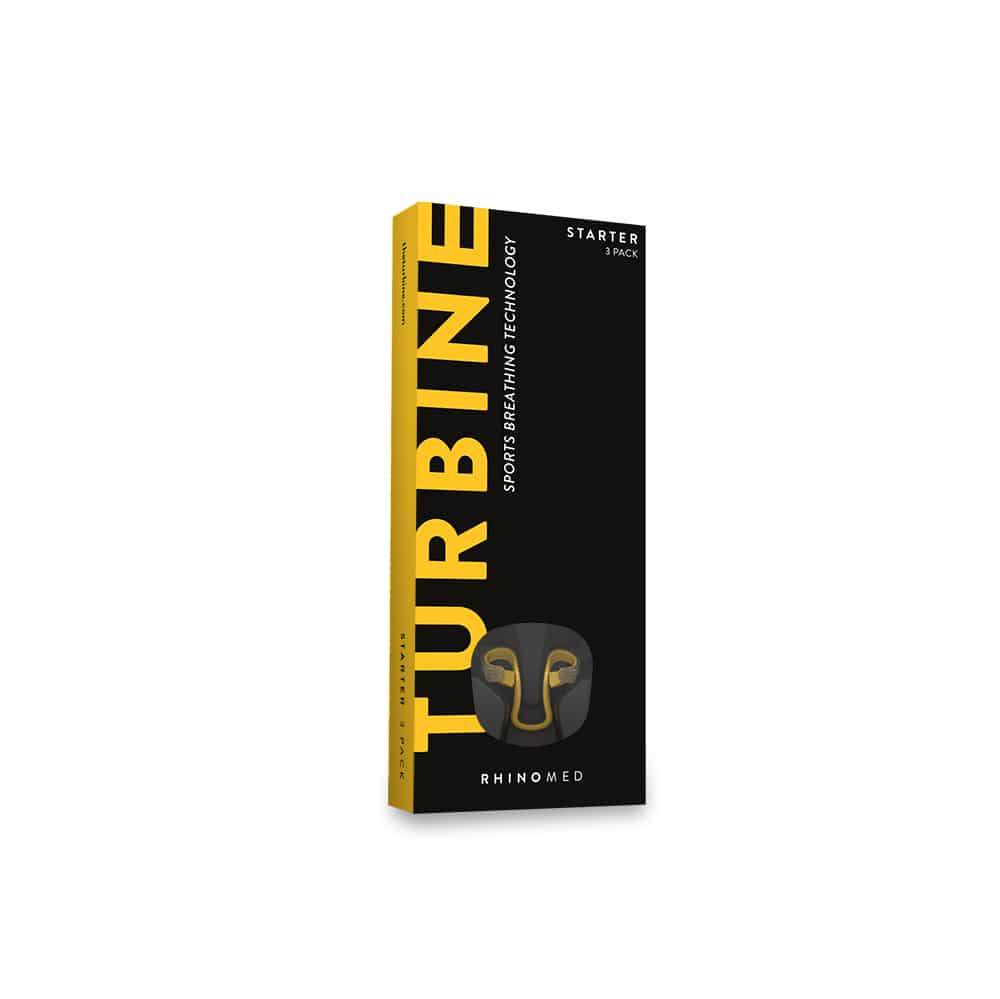By Annabel Luxford
Where you run
Although air pollution levels in the Melbourne are relatively low, when possible, I avoid running or riding on busy roads. Similarly I try to miss areas where there are lots of grass or trees during spring. Like many asthmatics, pollution and pollen make my asthma worse, especially when I’m inhaling more air during aerobic activity. Cold weather is also a strong trigger for my asthma due to the dryness of the air. When exercising, especially at intense levels, our default is to mouth breath, which doesn’t have the humidifying benefit of the nose. Nasal breathing is even more important when the air quality is low or the temperatures are frigid. Focusing on nasal breathing helps protect the airways by humidifying, warming, and cleaning the air entering the lungs. I also find that wearing a fleece or a scarf to cover my mouth is useful when the temperatures are particularly low. Additionally, air quality is generally better in the morning, so when I find myself travelling or racing in a city with high pollution or pollen levels, I do my sessions early in the day.
Focus on deep slow breathing
If you’re a runner or cyclist who loves intervals then good news (!): well-utilised recovery in between intervals can be perfect for minimising sports induced asthma. The recovery aspect of intervals gives your lungs time to recover as well as your legs. I try and use the time to focus on deep, slower breathing through my mouth and nose, as well as lowering my heart rate. Bursts of interval running also serve as triggers of minor respiratory muscle spasms and symptoms. By warming up the lungs properly, I find that I am less likely to suffer from serious spasms later on during a longer run.
As asthmatics are less efficient nasal breathers than non-asthmatics, using the Turbine is a simple and easy way to remind me to breath slowly and deeply through my nose.
I hope some of these tips can help you avoid asthma during exercise.



